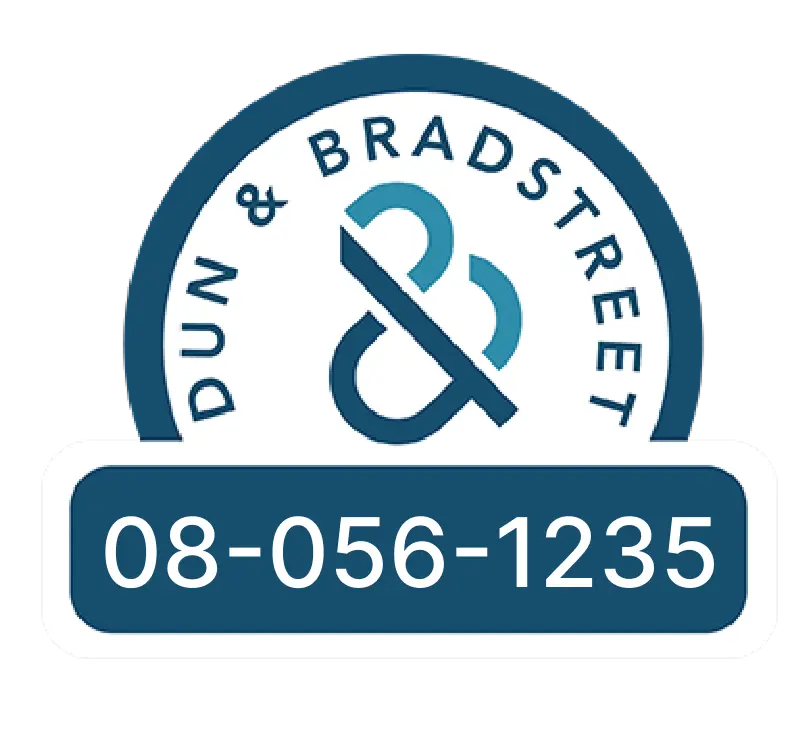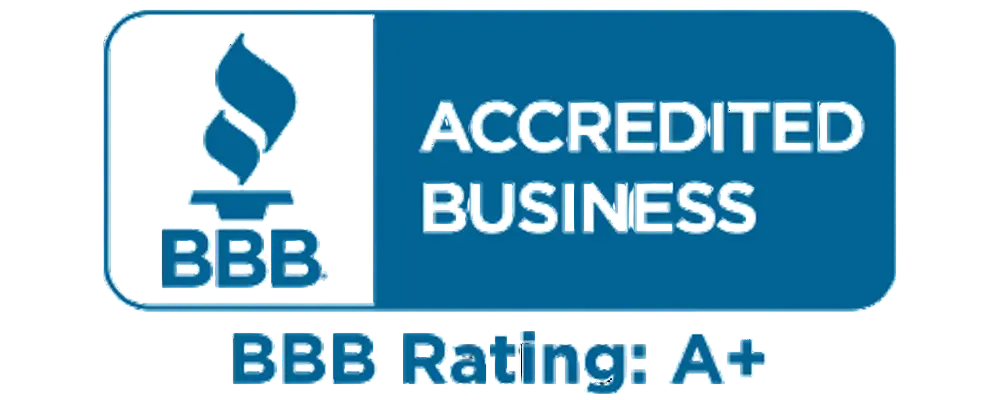Download free PDF
Peptide Antibiotics Market –By Type, By Indication, By Route of Administration, By Distribution Channel & Global Forecast, 2025 – 2034
Report ID: GMI13231
|
Published Date: February 2025
|
Report Format: PDF
Download Free PDF
Authors: Mariam Faizullabhoy, Gauri Wani



Premium Report Details
Base Year: 2024
Companies covered: 16
Tables & Figures: 148
Countries covered: 19
Pages: 130
Download Free PDF

Peptide Antibiotics Market
Get a free sample of this report
Get a free sample of this report Peptide Antibiotics Market
Is your requirement urgent? Please give us your business email
for a speedy delivery!





Peptide Antibiotics Market Size
The global peptide antibiotics market was valued at USD 5.2 billion in 2024. The market size is estimated to grow from USD 5.4 billion in 2025 to USD 8.4 billion in 2034, growing at a CAGR of 5%. The growth of market is propelled by the rising cases of antimicrobial resistance (AMR). For instance, as per the WHO, it is estimated that bacterial AMR was directly responsible for 1.27 million global deaths in 2019. This has created a need for novel antibiotics which possess unique mechanisms. Specific peptide antibiotics like polymyxins and gramicidin’s destroy multidrug resistant (MDR) microbial life, which makes them important alternatives to conventional antibiotics. Thus, the increased prevalence of antibiotic-resistant bacterial infections, especially within the hospital environment, is increasing the spending on new peptide antibiotics.
Additionally, both government organizations and non-government bodies are providing funding which improves the innovation in these fields. CDC invests in innovative research projects that include peptide antibiotics and other innovative approaches to identify and implement new ways to comprehensively respond to antimicrobial resistance globally. Another important factor is the expanding pipeline of peptide antibiotics due to development of modern technologies in peptide synthesis and drug delivery systems.
Improvements in bioengineering and formulation techniques are increasing the stability, efficacy, and bioavailability of peptide antibiotics, making them very effective for therapeutic use. Furthermore, the enhanced focus on precision medicine and targeted therapies propels the use of peptide antibiotics, as they can be designed to target resistant bacterial forms with minimal side effects.
A peptide antibiotic, also often called an antimicrobial peptide (AMP), is a short chain of amino acids (a peptide) that has the ability to kill or inhibit the growth of microorganisms like bacteria, fungi, and sometimes viruses, by disrupting their cell membranes, interfering with cell wall synthesis, or disrupting essential intracellular processes. These peptides can be found naturally in various organisms or can be synthetically designed in a laboratory.
Peptide Antibiotics Market Trends
Peptide Antibiotics Market Analysis
Based on the type, the global market is segmented into ribosomal synthesized peptide antibiotics and non-ribosomal synthesized peptide antibiotics. The non-ribosomal synthesized peptide antibiotics segment accounted for the highest market share and was valued at USD 1.4 billion in 2024. The market size of non-ribosomal synthesized peptide antibiotics segment was USD 1.26 billion in 2021, and USD 1.3 billion and USD 1.34 billion in 2022 and 2023, respectively.
Based on the indication, the global peptide antibiotics market is categorized into skin infection, hospital-acquired bacterial pneumonia and ventilator-associated bacterial pneumonia (HABP/VABP), blood stream infections, and other indications. The skin infection segment dominated the market with 33.7% market share in 2024.
Based on the route of administration, the global peptide antibiotics market is categorized into injectable, oral, topical, and other routes of administration. The injectable segment dominated the market in 2024 with a market share of 45.7% and is anticipated to witness growth at a CAGR of 5.2% over the forecast years.
Based on the distribution channel, the global peptide antibiotics market is categorized into hospital pharmacies, retail pharmacies, and online pharmacies. The hospital pharmacies segment dominated the market in 2024 and is expected to reach USD 4.3 billion by end of 2034.
The North America industry dominated the global peptide antibiotics market with market share of 40.6% in 2023. The U.S. market was valued at USD 1.7 billion in 2021. In 2023, the U.S. dominated the North America industry with a revenue of USD 1.9 billion growing from USD 1.8 billion in 2022.
Europe peptide antibiotics market is anticipated to witness significant growth at a CAGR of 5.2% over the forecast years.
The Asia Pacific region demonstrates significant growth potential in the global peptide antibiotics market.
India peptide antibiotics market is anticipated to witness high growth in Asia Pacific market.
Brazil peptide antibiotics market is experiencing significant growth in the Latin America market.
Saudi Arabia peptide antibiotics market is poised to witness rapid growth in the Middle East and Africa market.
Peptide Antibiotics Market Share
The major players operating in the peptide antibiotics industry include AbbVie, Eli Lilly and Company, Merck, and Pfizer. These top 4 players account for approximately 40% - 45% of the global peptide antibiotics industry. These market players focus on strategies such as mergers, acquisitions, innovative product development and launches, expansion, and collaboration to generate more revenue and withstand market competition. For instance, in June 2024, Eli Lilly and Company announced a collaboration with OpenAI that allows Lilly to leverage OpenAI's generative AI to invent novel antimicrobials, such as peptide antibiotics, to treat drug-resistant pathogens.
Moreover, businesses are allocating more resources to research and next-generation formulation development, which aim to be more effective. To serve price sensitive regions, these producers are also introducing cheaper products and targeting emerging economies in Asia Pacific and Latin America region.
Peptide Antibiotics Market Companies
Few of the prominent players operating in the peptide antibiotics industry include:
AbbVie is engaged in the development of peptide antibiotics based on its capabilities in peptide drug design and manufacturing. The company aims to develop novel peptide-based therapeutics for treatment of resistant bacterial infections. In January 2025, AbbVie completed its acquisition of Nimble Therapeutics. Nimble's lead asset is an investigational oral peptide IL23R inhibitor in preclinical development. Additionally, Nimble's peptide synthesis, screening, and optimization platform uses proprietary technology to help drive rapid discovery and optimization of oral peptide candidates for a range of targets.
Merck has participated in the development and marketing of peptide antibiotics with an emphasis on solving the problem of antibiotic resistance. The company has developed new peptide antimicrobial agents using its established drug discovery and production capabilities.
Peptide Antibiotics Industry News
The peptide antibiotics market research report includes in-depth coverage of the industry with estimates and forecast in terms of revenue in USD Million from 2021 – 2034 for the following segments:
Click here to Buy Section of this Report
Market, By Type
Market, By Indication
Market, By Route of Administration
Market, By Distribution Channel
The above information is provided for the following regions and countries: